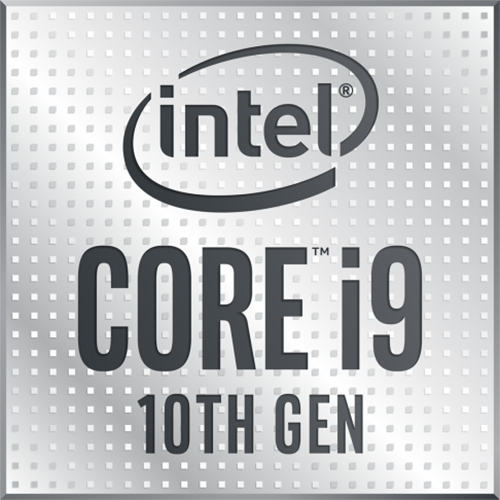

Deliver fantastic entertainment and gaming, seamless 4K Ultra HD, and 360° video with latest Intel® Core™ i9 processors:.
You can download the full specification sheet for this processor from our Documentation section (just above):
Comms Express Part No INTBX8070110900:
Model
Intel® Core™ i9-10900 Processor (20M Cache, up to 5.20 GHz)
Product Collection
10th Generation Intel® Core™ i9 Processors
Processor Number
i9-10900
Processor Base Frequency
2.8 GHz
Max Turbo Frequency
5.2 GHz
Cache
20 MB Intel® Smart Cache
Bus Speed
8 GT/s
TDP
(Thermal Design Power)
65 W
Max Memory Size
(dependent on memory type)
128 GB
TJUNCTION
100°C

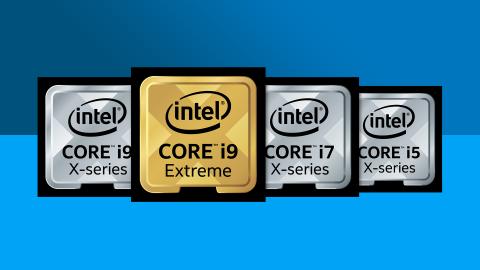
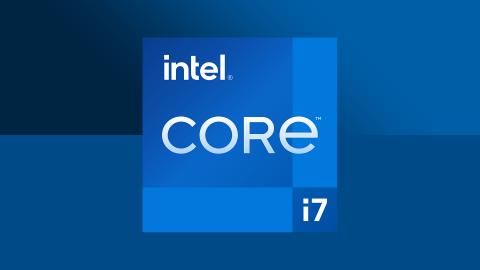
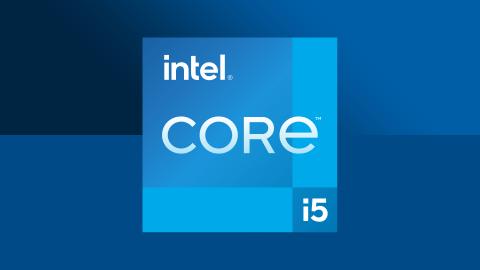
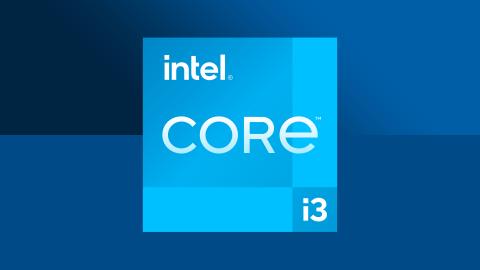
- Review: The 10 Best Wireless Access Points
- Review: The Top 10 Best Ethernet Cables
- What Is An Ethernet Cable And What Does It Do?
- 10 Best CCTV Security IP Cameras For Home & Business
- Review: Best Powerline Adapters In The UK
- Celebrating 20 Years Of Comms Express!
- The Top 10 DrayTek Wireless Access Points
- Best Selling APC Products At Comms Express
- Review: Top 5 Best Performing APC Uninterruptible Power Supply Units (UPS)
- Review: Top 10 Best PDU’s













